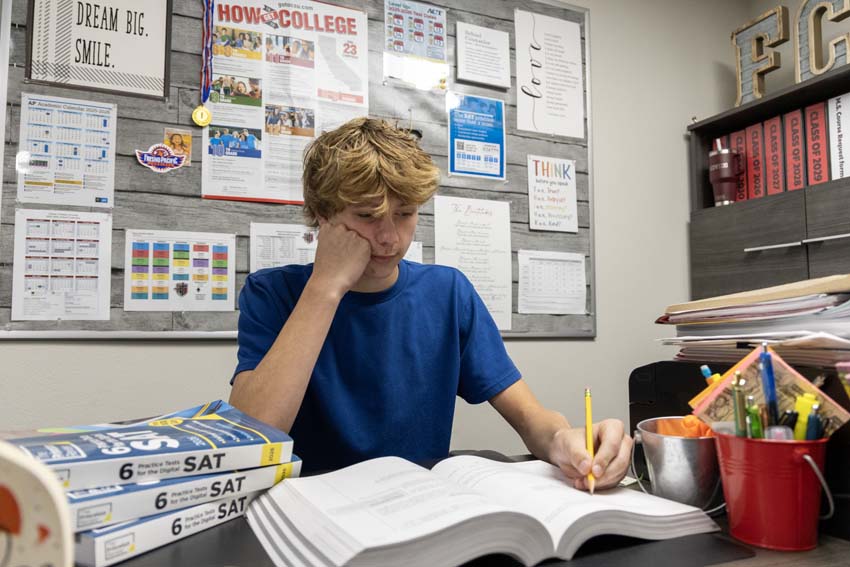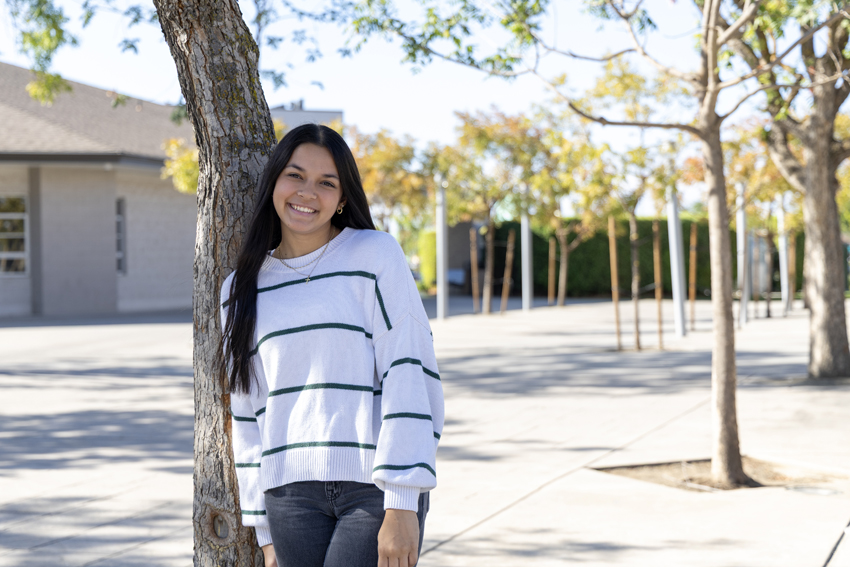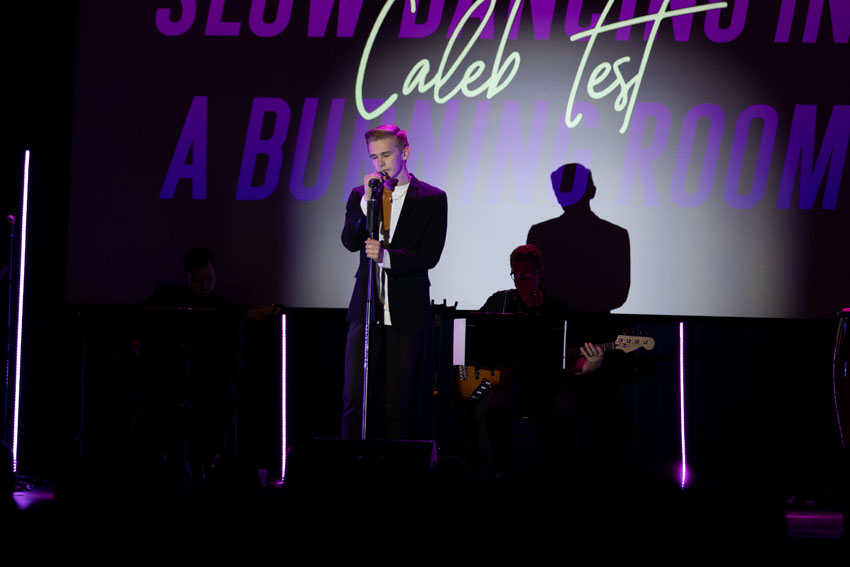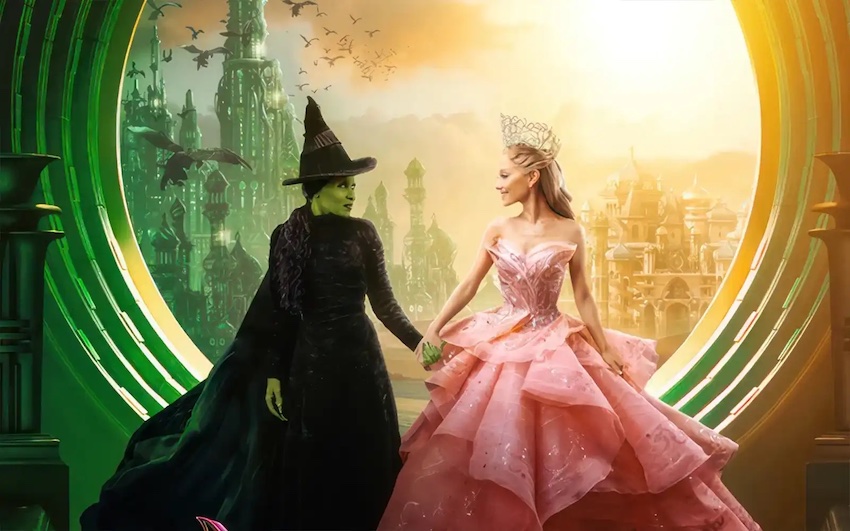As I sat up in the tech booth waiting for students to enter Wilson?s for this year?s Night of the Stars, I took a trip down nostalgia lane. The year was 1991; I was a senior at Fresno Christian High School.
In our leadership class someone had suggest this crazy alternative for the winter formal. We could have each class make their own movie, show them on a projected screen, and then hand out awards for best picture, actor, etc. The event could be based on the Academy Awards show.
Back then it wasn?t called Night of the Stars; we called the first annual event, ?Once upon a Star.? Around 115 students showed up on Jan. 19 at the Smuggler?s Inn on Blackstone Ave. Students dressed up in the best wear, posed for pictures, ate a half cooked steak, and endured four of the worst videos ever shown on the big screen.
Our films were primitive at best. We didn?t have video editing software or equipment; we simply took two VCRs and connected them together. Best actress award went to Mike Muhawi, a 300-pound football player who portrayed Dorothy in the junior?s Wizard of Oz. But it was a beginning.
Fast-forward to 2006 and close to 300 students arrive at one of the oldest theatres in Fresno to watch edited films on a 30-foot screen. These are student-generated movies created on programs that professional filmmakers use. We?ve come a long way.
I?ve been involved with eight different NOTS events and what always amazes me is the way that so many people join together to make the event happen.
Collaboration has its origin in the mid 19th century and literally means to ?work together to produce or create something.? In our case collaboration begins with the student leadership team, deciding the theme, location and price for the event.
In step with the leadership class is the video production team, working together with their individual classes to write a script, set a shooting schedule, film the movie, and then edit the footage.
Administration and teachers also have a hand in it, providing supervision and feedback on the films. The final piece in the process is the alumni, a group of former campus students who have participated in the process before and now come back to help with voting and technological assistance. So many people, each one doing their part, make the event a wonderful experience for the student body.
And every year it works, somehow we pull it off and students enjoy themselves; the movies are fun to watch, and people are recognized for their efforts. For me these reasons are what make this event such a worthwhile endeavor.
NOTS still has a long way to go as an event; I?m confident the lessons learned through the process and the memories developed are a result of people?s participation far outweigh any of the challenges. I?m proud to have been a part of the original Night of the Stars. I continue to appreciate what the event has evolved into, and I?m excited about what the future holds.
For more information on the Night of the Stars winter film formal, contact Schultz by e-mail at [email protected] or call his office at 559-299-1695, ext. 109.






